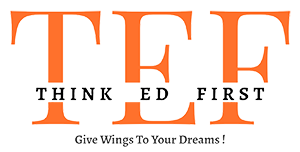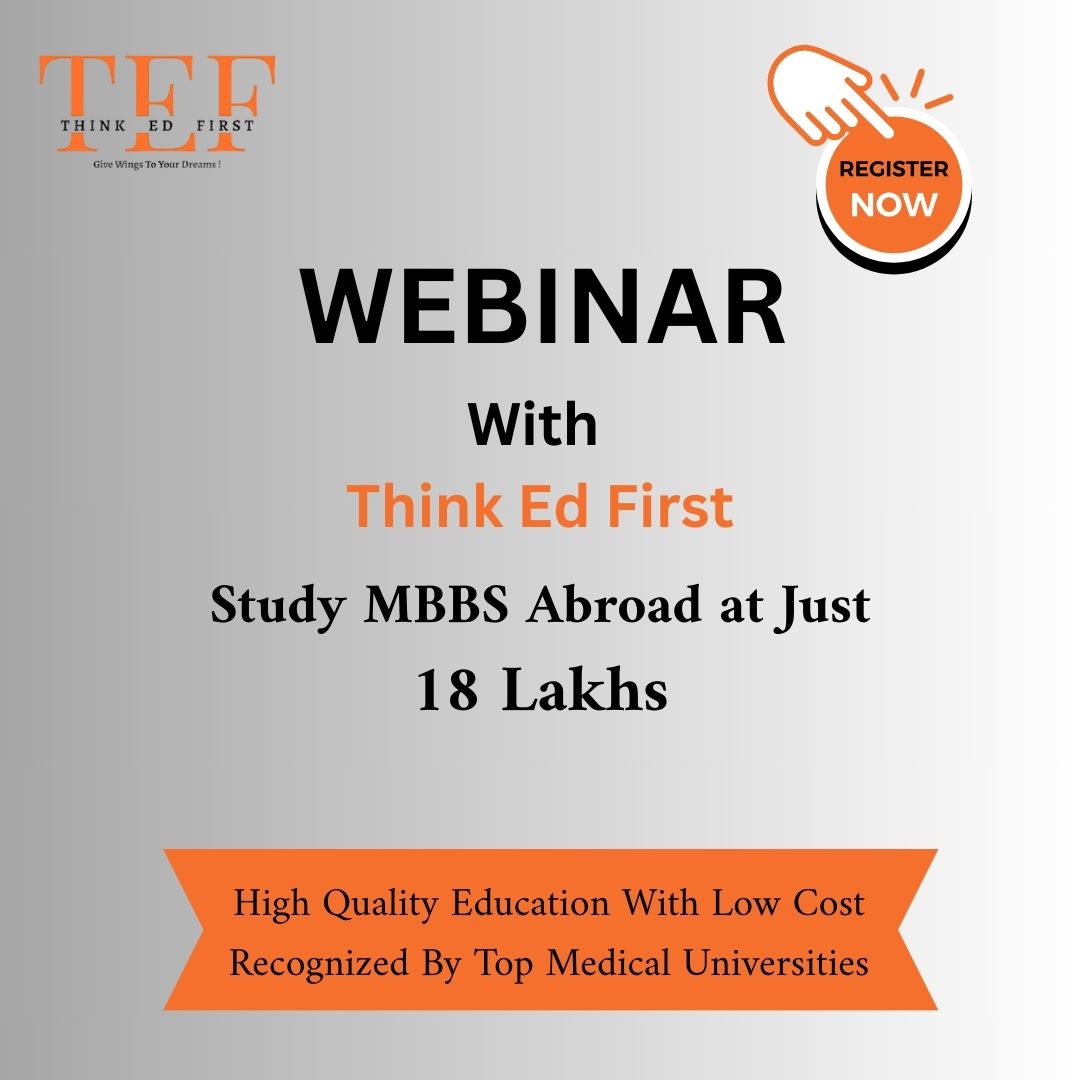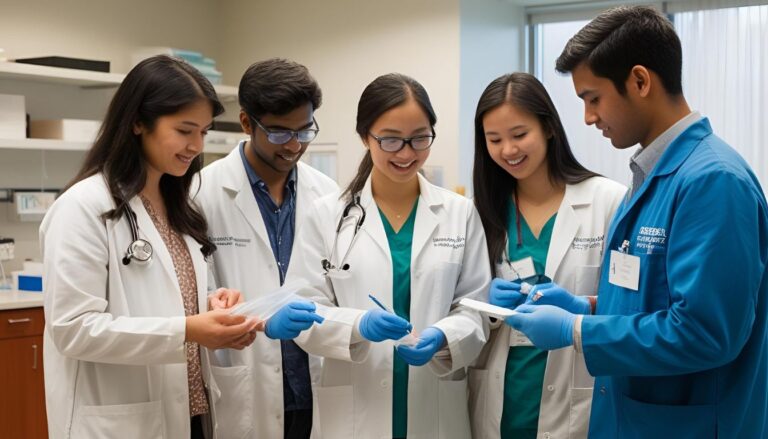Have you ever wondered why so many students are drawn to pursue their medical studies abroad? Over 7,000 students from India enroll in medical programs in neighboring countries every year. The reasons are compelling and worth exploring.
One of the key factors is the cultural similarity, which makes it easier for students to adapt. Additionally, the programs are recognized by national standards, ensuring that the education meets high-quality benchmarks. This recognition is crucial for those planning to return and work in their home country.
Another advantage is the success rate in qualifying exams. Students from these programs often perform better compared to those from other regions. This success opens doors to numerous opportunities in the medical field.
With a curriculum that aligns closely with what is taught at home, students find it easier to transition back. The medium of instruction in English further aids in this seamless adaptation. These factors combined make this path an attractive option for many aspiring medical professionals.
Why Bangladesh MBBS Graduates Choose India for Practice
Choosing Bangladesh for medical education offers numerous advantages. The cultural and academic similarities make it a seamless transition for students aiming to work in India. The shared curriculum and English-medium instruction further enhance this compatibility.
Cultural and Academic Affinity
Bangladesh and India share a similar approach to healthcare ethics and patient care. This cultural affinity helps students adapt quickly to the Indian healthcare system. Additionally, the medical curriculum in Bangladesh aligns closely with Indian standards, using the same textbooks and teaching methods.
English is the primary language of instruction in most medical programs. This eliminates language barriers, making it easier for students to communicate and learn effectively. Such similarities ensure a smooth transition for graduates returning to India.
Higher FMGE Passing Rates Compared to Other Countries
One of the standout advantages is the higher FMGE pass rates for Bangladesh graduates. According to 2023 data from the Medical Council India, the pass rate is 60-65%, significantly higher than graduates from China and Russia, who have pass rates of 15-30%.
This success is attributed to the aligned curriculum and extensive practical training in Bangladesh. For example, alumni from Rajshahi University have secured residencies at prestigious institutions like AIIMS Delhi, showcasing the program’s effectiveness.
| Country | FMGE Pass Rate (%) |
|---|---|
| Bangladesh | 60-65 |
| China | 15-20 |
| Russia | 20-30 |
The table above highlights the comparative success rates, reinforcing why Bangladesh is a preferred choice for many students. These factors combined make it a strategic decision for those planning to work in India.
Understanding the Timeline to Practice Medicine in India
Navigating the path to licensure can seem complex, but understanding the steps makes it manageable. For medical graduates, the process involves several key milestones, each with its own timeline and requirements. Breaking it down helps ensure a smooth transition from education to professional practice.
Key Milestones: From Education to Licensure
The journey begins with final-year rotations, which typically last six months. These rotations provide hands-on experience and prepare students for the next steps. Following this, graduates dedicate three to six months to preparing for the licensing exam.
Once the exam is cleared, the next step is registration, which can take one to two months. After registration, a compulsory rotating internship of twelve months is required. Finally, state medical council registration completes the process, taking two to four weeks.
Estimated Duration for Each Step
On average, the entire process takes between twelve to eighteen months. This includes preparation, exam registration, and the mandatory internship. Proper planning can help avoid delays, especially with document verification, which 83% of applicants face challenges with.
| Step | Duration |
|---|---|
| Final-year rotations | 6 months |
| Licensing exam preparation | 3-6 months |
| Exam registration | 1-2 months |
| Compulsory internship | 12 months |
| State council registration | 2-4 weeks |
By understanding these steps and their durations, medical graduates can better plan their journey. Staying informed about critical deadlines, such as September registration and March/April exam windows, is also essential for success.
Essential Licensing Exams for Bangladeshi Graduates
Licensing exams are a pivotal step for graduates seeking to transition into the Indian healthcare system. These exams ensure that candidates meet the standards set by the NMC guidelines for MBBS abroad, which are essential for professional recognition.
FMGE/NExT: Gateway to Indian Medical Practice
The Foreign Medical Graduates Examination (FMGE) and the upcoming National Exit Test (NExT) are mandatory for graduates to practice in India. FMGE covers 19 subjects, including forensic medicine, while NExT is divided into two phases: a theoretical exam with 540 MCQs and a practical assessment.
Pharmacology has the highest pass rate at 72%, while Biochemistry is the most challenging at 58%. Understanding these trends helps graduates focus their preparation effectively.
Preparing for the Exam: Syllabus and Resources
Preparation requires a strategic approach. The syllabus includes subjects like Medicine, Surgery, and Obstetrics & Gynecology. Key resources include:
- Park’s Preventive & Social Medicine (25% exam weightage)
- Robbins Pathology (18% weightage)
- NMC’s clinical skill assessment rubrics
Coaching platforms like DAMS Kolkata and online resources such as PrepLadder are highly recommended. These tools provide structured learning and practice materials to enhance performance.
Recognition of Bangladesh MBBS Degrees in India
Understanding the recognition process for degrees is crucial for aspiring medical professionals. For those who complete their studies in Bangladesh, ensuring their qualifications are valid in India is a key step. This involves verifying the institution and the degree through official channels.
NMC-Approved Universities in Bangladesh
There are 38 medical universities in Bangladesh recognized by the National Medical Council (NMC). These include prominent institutions like Dhaka National Medical College and Sylhet Women’s Medical College. The list comprises 24 government and 14 private colleges, such as the Armed Forces Medical College.
However, not all institutions maintain their recognition. For example, Northern International Medical College had its approval withdrawn. It’s essential to verify the current status of any university before enrollment.
Verification Process for Degree Validity
To ensure a degree is valid, graduates must follow a structured attestation process. First, the Bangladesh Medical & Dental Council notarizes the degree. Next, the Ministry of External Affairs (MEA) provides an apostille, which takes 7-10 working days. Finally, the State Medical Council conducts a physical verification.
Common reasons for rejection include gap years exceeding two years and incomplete internship logs. Staying informed about these requirements can help avoid delays and ensure a smooth transition.
Costs and Financial Planning for Transitioning to India
Financial planning is a critical step for students transitioning to a new healthcare system. Understanding the expenses involved helps in managing resources effectively and avoiding unnecessary stress. From exam fees to hidden costs, a clear breakdown ensures a smooth journey.
Exam Fees, Registration, and Additional Expenses
The Foreign Medical Graduates Examination (FMGE) fee is ₹12,800 per attempt. State registration costs vary between ₹2,500 and ₹15,000, depending on the region. Additional expenses include documentation, which averages ₹7,200 for degree attestation.
Hidden costs, such as temporary medical council registration, can add ₹3,500 per month. Internship stipends in corporate hospitals range from ₹18,000 to ₹35,000 monthly, helping offset some expenses. Here’s a detailed breakdown:
| Expense | Cost (₹) |
|---|---|
| FMGE Fee | 12,800 |
| State Registration | 2,500-15,000 |
| Documentation | 7,200 |
| Temporary Registration | 3,500/month |
| Internship Stipend | 18,000-35,000/month |
Scholarships and Financial Aid Options
Several funding sources are available to ease the financial burden. The Ministry of External Affairs (MEA) offers ICCR scholarships for SAARC nationals, covering tuition and living expenses. Apollo Hospitals provides FMGE prep grants for students scoring above 75%.
Universities also offer merit-based scholarships, reducing the overall cost of education. Exploring these options can significantly lower expenses and make the transition more affordable.
Post-Licensure Opportunities in India
After clearing licensing exams, graduates often explore diverse career paths in the healthcare sector. Whether it’s pursuing further specialization or stepping into the workforce, the options are vast and rewarding. Understanding these pathways can help graduates make informed decisions about their future.
Residency and Specialization Pathways
For those aiming to specialize, clearing the NEET-PG exam is essential. This opens doors to MD/MS programs, which are highly sought after. Data shows that 62% of graduates pursue MD in Medicine, while 18% opt for Surgery. Emerging fields like Aerospace Medicine, with collaborations like ISRO, are also gaining traction.
Residency programs provide hands-on training and exposure to advanced medical practices. Networking during internships can significantly boost career prospects, helping graduates secure positions in prestigious institutions.
Job Prospects in Government and Private Sectors
Graduates have the option to join either the government or private healthcare system. In the government sector, 43% of graduates take up roles in state health services. Rural postings often come with housing loans of ₹12-15 lakhs, making them attractive for many.
ESIC hospitals are another popular choice, with over 6,000 vacancies expected in 2024. In the private sector, top employers like Fortis and Manipal offer starting packages of ₹12-18 lakhs annually. Corporate hospitals also provide opportunities for growth and specialization.
- Government sector advantages: Rural postings with housing loans, ESIC recruitment drives.
- Top corporate employers: Fortis (₹14.2L avg), Manipal (₹13.8L avg).
- Specialization trends: MD Medicine (62%), Surgery (18%).
With such diverse options, graduates can tailor their careers to align with their interests and goals, ensuring a fulfilling professional journey.
Common Challenges and How to Overcome Them
Transitioning into a new healthcare system can present unique hurdles for students. From adapting to different medical protocols to navigating bureaucratic processes, these challenges require strategic planning and resilience. Understanding these obstacles and preparing for them can make the journey smoother.
Adapting to India’s Healthcare System
One of the primary challenges is adjusting to India’s healthcare system. For instance, 68% of medical graduates report differences in prescription patterns. To bridge this gap, crash courses on Jan Aushadhi generic drug protocols are highly recommended. These courses help students understand local practices and integrate seamlessly.
Additionally, the NMC offers a Bridge Course for ECFMG-certified physicians. This program focuses on enhancing clinical skills and cultural competency. Workshops at institutions like AIIMS also provide valuable insights into India’s healthcare framework.
Navigating Bureaucratic Hurdles
Another significant challenge is the bureaucratic process. On average, council registrations take 92 days. To expedite this, professional attestation services like SDC Global (₹9,800) can be utilized. These services ensure that all documents are verified accurately and efficiently.
Some states, such as Maharashtra and Karnataka, offer fast-track registration options. Leveraging these can save time and reduce stress. Staying informed about state-specific requirements is crucial for a smooth transition.
| Challenge | Solution |
|---|---|
| Prescription pattern differences | Crash courses on Jan Aushadhi protocols |
| Council registration delays | Professional attestation services |
| Cultural adaptation | NMC Bridge Course and AIIMS workshops |
By addressing these challenges proactively, students can ensure a successful transition into India’s healthcare system. Preparation, resourcefulness, and a strong support network are key to overcoming these hurdles.
Conclusion
Preparing for a career in healthcare requires careful planning and dedication. The transition process, spanning 18-24 months, involves key steps like NMC verification and state registration. Early preparation for licensing exams during the final year of studies is crucial for success.
Upcoming changes, such as the 2025 NExT exam, will impact students significantly. Staying informed and proactive will help navigate these shifts effectively. A final checklist, including NEET-PG planning, ensures a smooth journey toward professional practice.
By focusing on these steps, students can confidently transition into the healthcare system. With the right preparation and resources, achieving career goals becomes an attainable reality.





